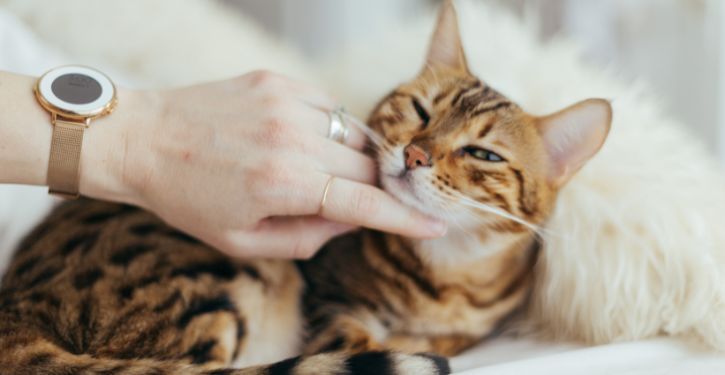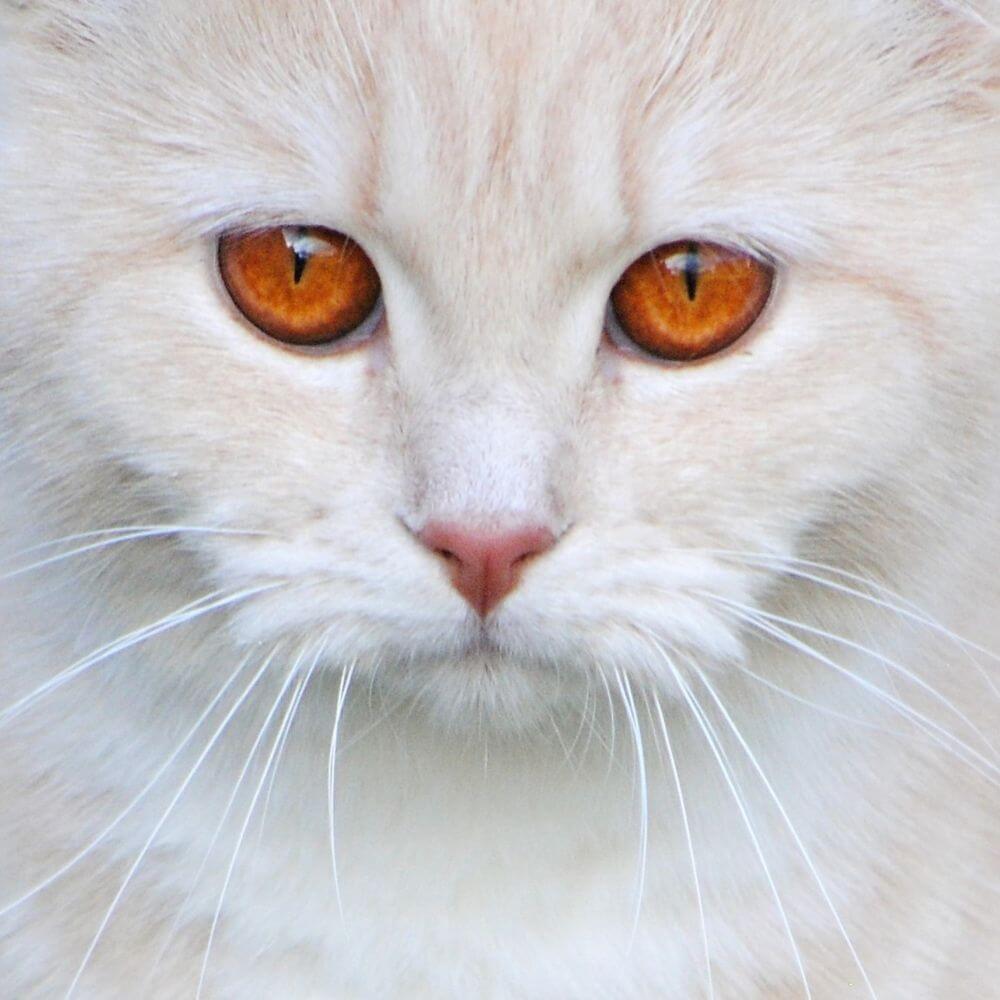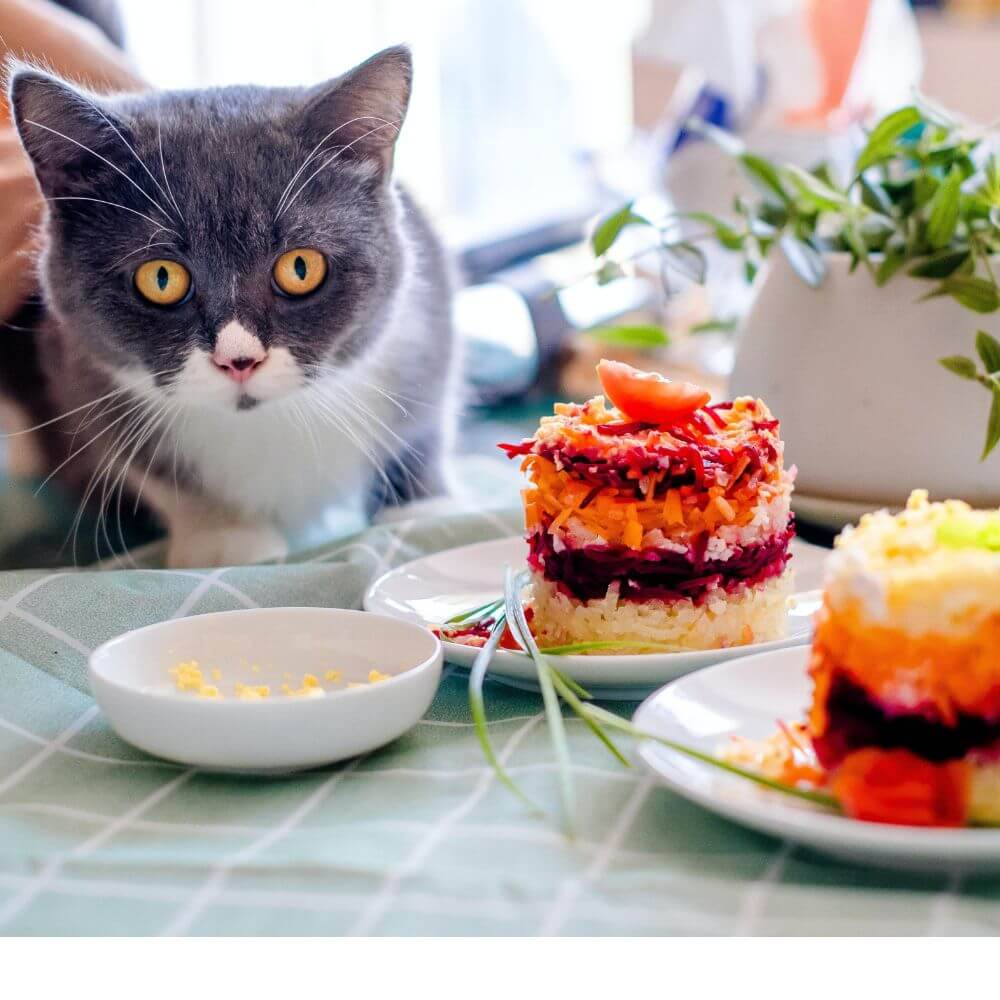Cats on Chests: Understanding Why Felines Love to Cuddle Up Close
As cat owners, we're all familiar with our feline friend's tendency to curl up on our chests and purr contentedly. But have you ever stopped to wonder why they do it? Is it simply for warmth or is there a deeper reason behind this behavior? In this article, we'll explore the science behind why cats love to lay on their owners' chests and what it means for your pet's overall health and happiness. We'll discuss the evolutionary reasons behind this behavior, as well as how it relates to your cat's socialization and temperament. By the end of this article, you'll have a better understanding of your furry companion's behavior and be able to provide them with even more love and care.
Why Your Cat Thinks You're The Purr-fect Bed: The Mystery of Feline Snooze Choices
Cats sleep on people for a variety of reasons:
💠Comfort and Warmth: Humans are warm, so your cat might find snuggling up against you comfortable and cozy. This is especially true during colder months when they're seeking out heat sources.
💠Bonding: Cats form strong bonds with their owners. By sleeping on you, they're showing a level of trust and affection. It's a way for them to feel close to you and reinforce their bond with you.
💠Security: Cats are vulnerable when they sleep. Choosing to sleep on you indicates that they trust you and feel secure in your presence. This behavior can be traced back to their kittenhood, when they would sleep piled on their siblings and mother for safety.
💠Scent Marking: Cats have scent glands throughout their bodies. When they sleep on you, they transfer their scent onto you, marking you as part of their territory. This is a compliment in the feline world, signifying that they consider you part of their family.
💠Attention: Cats know that if they're right on top of you, they won't be ignored. This position makes it easy for them to get your attention (and perhaps some petting) as soon as you wake up.
As with all behaviors, individual cats may have their own specific reasons or habits. Always remember to respect your cat's boundaries, even while enjoying these tender moments.
The Evolutionary Reasons Behind Chest-Laying
Cats are natural burrowers and enjoy finding cozy places to rest. In the wild, cats might curl up with their littermates or take shelter in a burrow to stay warm and feel secure. Laying on their owner's chest replicates this feeling of security and comfort. Additionally, chest-laying can also help cats regulate their body temperature. As a cat's body is much warmer than a human's, it may seek out the warmth and heat exchange that comes from snuggling up close to its owner's chest.
In terms of instincts, chest-laying can also be seen as a sign of trust and vulnerability. In the wild, exposing their belly or neck would put cats in a vulnerable position, so when they do so with their owners, it's a sign that they feel safe and secure.

The Socialization Aspect of Chest-Laying
Cats are known for their independent nature, but they are also social creatures that enjoy spending time with their human companions. Chest-laying is a physical way for cats to bond with their owners and express their affection. When a cat lays on your chest, they are not just seeking warmth and comfort; they are also seeking attention and affection from its favorite human.
Chest-laying can be seen as a sign of trust and intimacy between cats and humans. When a cat chooses to lay on your chest, they are showing that they feel safe and secure in your presence. This type of physical contact can evoke feelings of happiness and contentment in both animals and humans. The rhythmic sound of the cat's purring can have a calming effect on the human, reducing stress levels and promoting relaxation.
As mentioned earlier, some cats will meow or nuzzle their owners before hopping up onto their chest, indicating that they want to be close and interact. This is a clear sign that your cat desires attention and affection from you. It is important to respond to these cues and give your cat the attention they need, as it can reinforce the bond between you and your pet.

Temperament and Personality Factors
Not all cats are fond of chest-laying, and there are a variety of factors that can influence this behavior. For example, some cats may prefer to have their own space and not be held or snuggled. Similarly, cats who are anxious or easily overstimulated may not enjoy the closeness and proximity of chest-laying.
Factors such as age, breed, and individual personality can also play a role in a cat's desire to lay on its owner's chest. For example, some breeds of cats are more prone to snuggling and affection, while others are more independent. Similarly, cats who have had negative experiences with humans in the past may be less likely to trust or feel comfortable around their owners.
In order to encourage chest-laying behavior in cats who may be hesitant, it's important to create a safe and comfortable environment for them. This might include providing cozy blankets or beds for them to lay on nearby and giving them plenty of opportunities for positive interactions and playtime with their owners. By building trust and fostering a positive relationship with your cat, you may find that they become more inclined to snuggle up close.
Chest-Laying: The Evolutionary, Social, and Personal Reasons Behind Your Cat's Affectionate Behavior
By understanding why cats love to lay on their owner's chest, pet parents can develop a deeper connection with their furry companions. Chest-laying is a natural behavior for cats that provides them with a sense of comfort, warmth, and security. Additionally, the physical proximity of chest-laying allows for bonding and affection between cats and their human caretakers.
However, it's important to note that not all cats will enjoy chest-laying, and that temperament, personality, and past experiences can all play a role in whether or not your cat wants to snuggle up close. It's crucial to respect your cat's boundaries and give them their own space if they prefer it.
Ultimately, prioritizing your pet's comfort and happiness is key. If your cat enjoys chest-laying, make sure to provide them with cozy blankets or beds nearby, so they have the option to snuggle up when they want to. If your cat prefers their own space, provide them with plenty of opportunities for positive interactions and playtime, so they can bond with you in other ways.
By cultivating a positive relationship with your cat, you can build trust and create a loving environment that benefits both you and your furry companion. Whether your cat is a chest-laying pro or not, understanding their behavior and preferences is an important part of being a responsible and loving pet owner.
Thanks for Reading-
Ky & J






